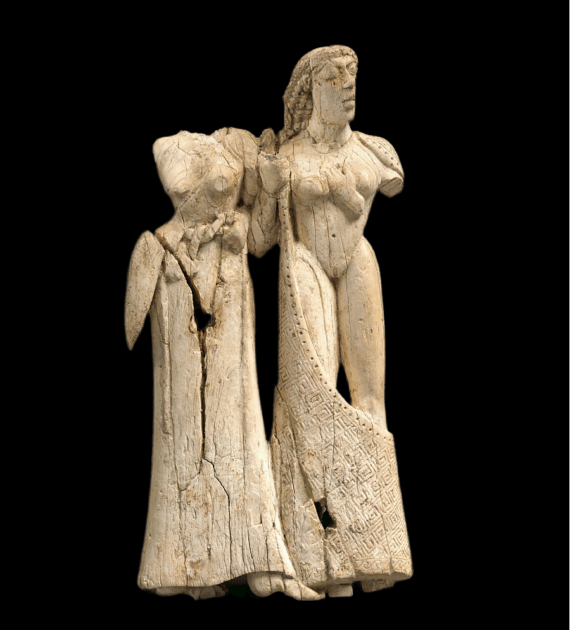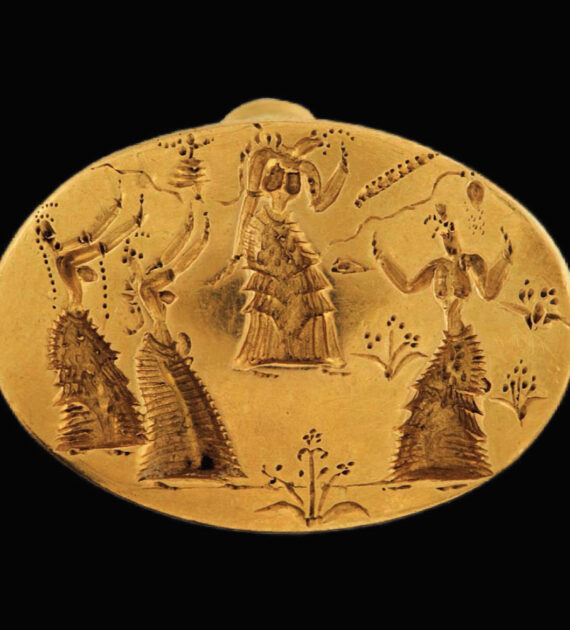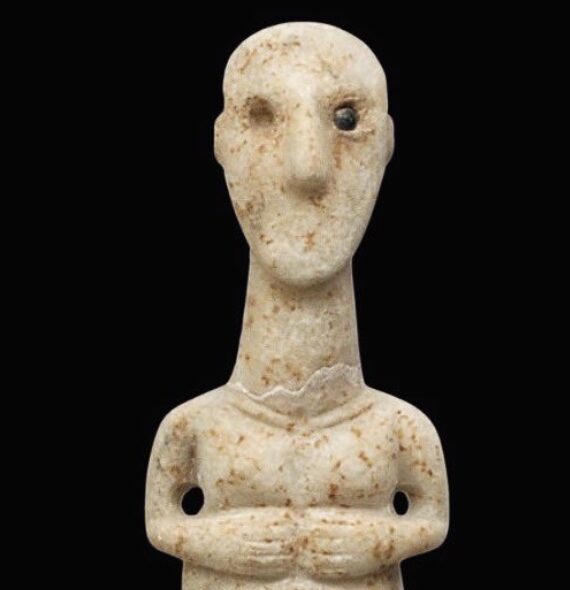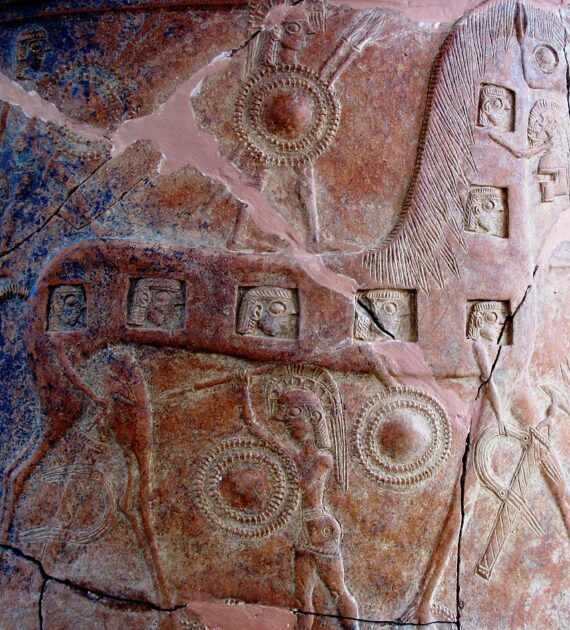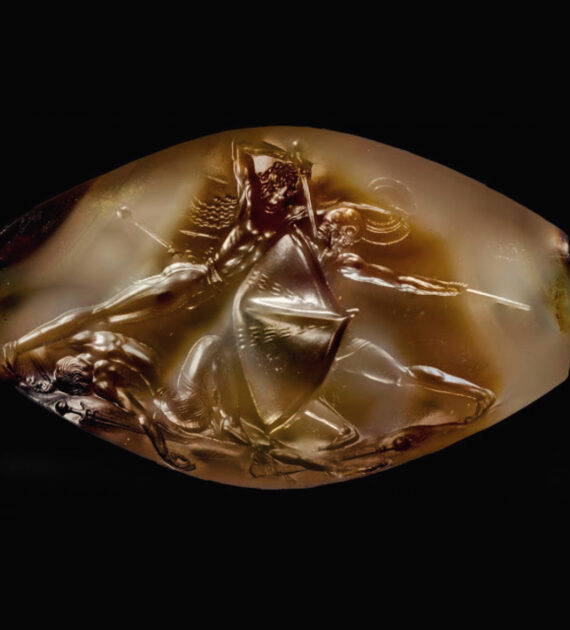An Astonishing Latinate Beauty
With that astonishing frank expression and unrelentingly frontal gaze, framed by those shocks of hair, there’s a lot to love about this Latin beauty. She likely hails from Lavinium (some 20 miles from Rome) and the 4th century B.C. Preserved to 74.8 cm, she would have been very nearly life-sized and is thought to have



